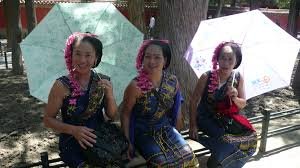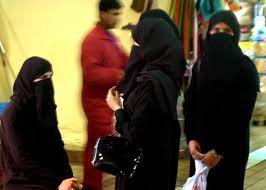A Past History of ethnicity in China

Chines Ethnic villages are a basic administrative district within China designated for minority ethnic groups. The villages are designated by the government within geographical regions where minority groups live. The approval and establishment of a village is most often the responsibility of provincial governments and prefecture governments, however villages are often established with different requirement standards. According to a local ordinance regarding the protection of interests relating to minority group villages, a meeting is held where 30% of participants belong to a minority group; if the local government approves of the formation of the new establishment, the region is designated an ethnic village. In Huber province, villages where minorities account for 50% of the population are designated as minority group villages.
In 2005, the Program to Support the Ethnic Minorities with Small Populations (2005–2010) was formulated and implemented, covering 640 different ethnic-minority villages as recipients of assistance.

in China, serve as a fundamental organizational unit for its rural population (census, mail system). Basic local divisions like neighborhoods and communities are not informal like in the West, but have defined boundaries and designated heads (one per area). In 2000, China's densely populated villages (>100 persons/square km) had a population greater than 500 million and covered more than 2 million square kilometers, or more than 20% of China's total area.
